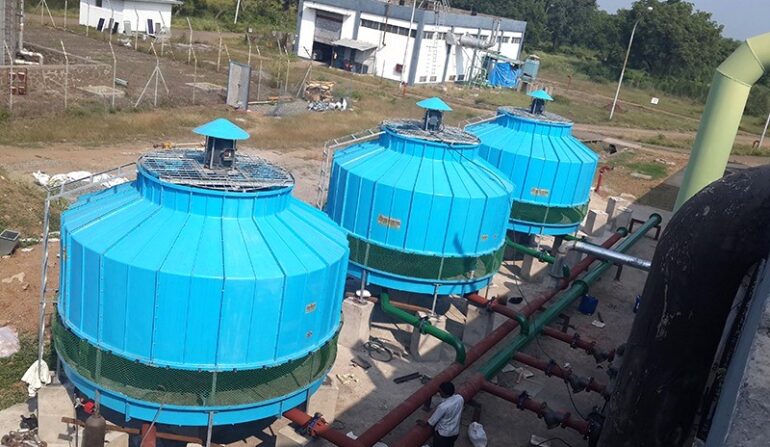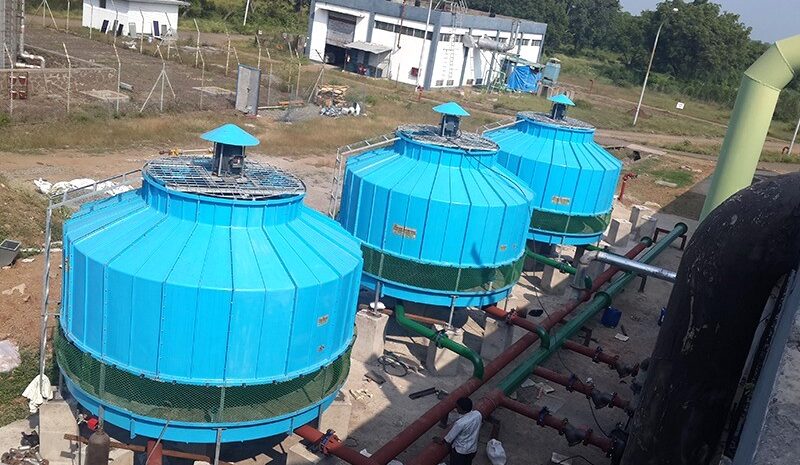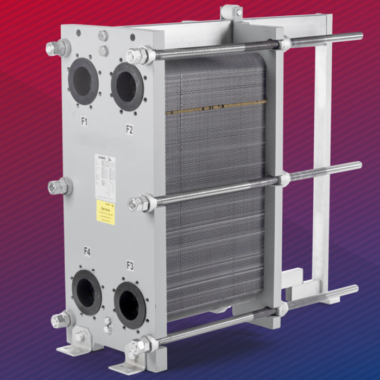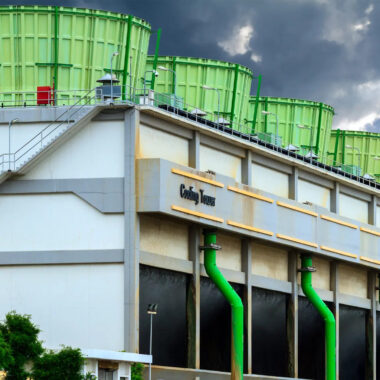The Science Behind Plume Abatement in Round Cooling Towers
The Science Behind Plume Abatement in Round Cooling Towers
Plume abatement could be a basic perspective of cooling tower operation, especially in round cooling towers that are often utilized in industrial and commercial settings. The visible plume, which is basically water vapor, can be risky for different reasons, counting administrative compliance, visibility concerns, and community relations. Understanding the science behind plume abatement in round cooling towers makes a difference in planning and operating cooling towers that minimize or eliminate these issues.
What is Plume?
A plume could be a visible cloud of water vapor that shapes when the warm, moist air leaving the cooling tower mixes with cooler ambient air. This condensation happens since the moisture-laden air comes to its dew point, driving to the formation of tiny water droplets that ended up visible as fog or steam.
Why Plume Decrease is Important
1. Visibility and Aesthetics:
Visible plumes can obstruct visibility, particularly in urban regions or close airplane terminals, posing security risks. They can too be seen as unattractive, affecting the aesthetics of an area.
2. Regulatory Compliance:
Numerous jurisdictions have controls that constrain visible emissions, counting water vapor plumes. Non-compliance can result in fines and operational restrictions.
3. Community Relations:
Continuous visible plumes can lead to community complaints, especially if they are mixed up for pollution or smoke.
The Science of Plume Formation
1. Heat and Humidity:
The warm water within the cooling tower discharges heat into the air, making warm, humid air that rises through the tower.
2. Dew Point and Condensation:
As this warm, moist air exits the tower, it experiences cooler encompassing air. If the temperature of the sticky discuss drops to its dew point, condensation happens, shaping a visible plume.
3. Encompassing Conditions:
The probability and intensity of plume arrangement depend on encompassing temperature and humidity. Colder and more humid conditions increment the chances of plume visibility.
Strategies for Plume Abatement
1. Hybrid Cooling Towers:
These combine wet and dry cooling forms. In dry cooling, air passes over a heat exchanger to cool the water, which diminishes the moisture substance of the air clearing out the tower, in this manner minimizing plume formation.
2. Reheat Systems:
Reheat systems utilize a heat source, such as waste heat from the plant, to reheat the air after it exits the cooling tower. This reheating raises the air temperature over the dew point, preventing condensation.
3. Baffle Systems:
Introducing baffles or drift eliminators can help oversee the wind stream inside the cooling tower, advancing superior blending of air and decreasing the probability of plume arrangement.
4. Utilizing Dry Air Injection:
Infusing dry air into the sodden exhaust air stream can offer assistance decrease the relative humidity, hence lowering the dew point and minimizing plume arrangement.
Environmental and Operational Considerations
1. Energy Consumption:
Plume decrease systems, particularly hybrid and reheat systems, can increment vitality utilization. It’s basic to balance the benefits of plume decrease with the additional operational costs.
2. Water Utilization:
Wet cooling forms regularly use more water. Hybrid systems can diminish water utilization by joining dry cooling strategies, which is beneficial in water-scarce areas.
3. Climate and Seasonal Variations:
Plume abatement strategies might have to be be balanced based on seasonal changes in temperature and humidity to stay effective all through the year.
Conclusion
Plume abatement in round cooling towers is fundamental for maintaining administrative compliance, guaranteeing security, and cultivating positive community relations. By understanding the science behind plume arrangement and utilizing successful decrease strategies such as hybrid cooling, warm systems, and dry air injection, administrators can altogether decrease or dispose of visible plumes. Adjusting the operational costs with environmental benefits is crucial in executing these procedures successfully. As cooling tower innovation proceeds to evolve, more effective and economical plume decrease arrangements will likely develop, further improving the operational proficiency and environmental compliance of these basic systems.







